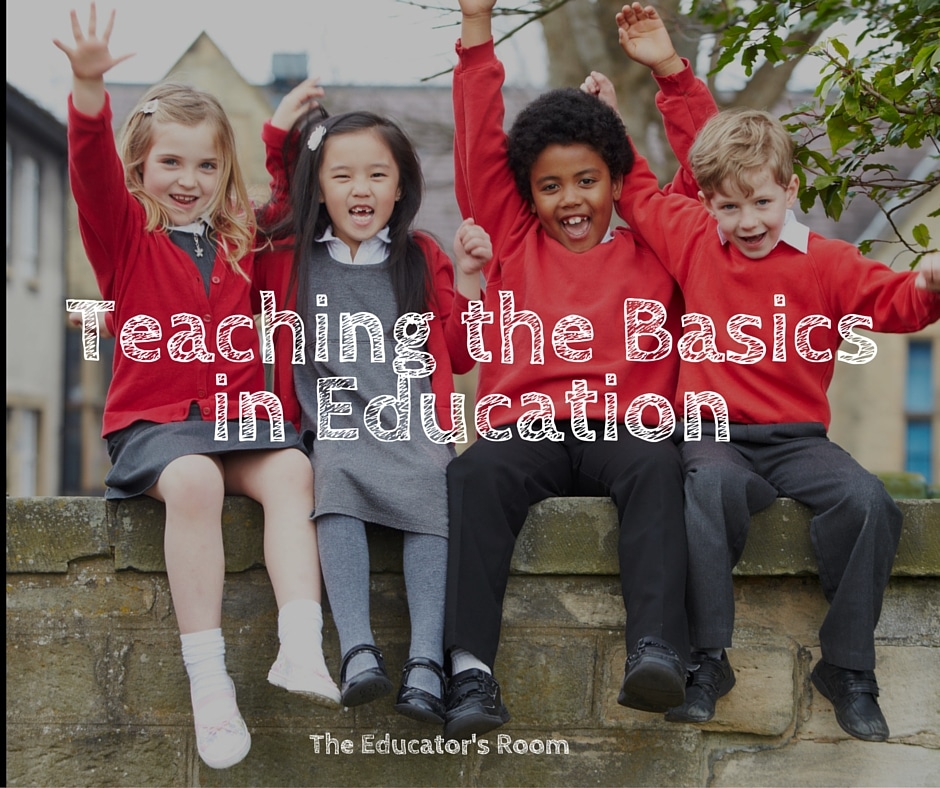My classroom is a non-traditional environment in education. Knowing that children are, children, my environment is designed to promote the way they learn best; through being able to wiggle around, get up and move if needed, make choices and decisions. and develop crucial social skills through working in small groups.
For so many years early childhood ‘appropriate classrooms’ have stopped in first grade. Classrooms are set up with rows of desks, isolating students from each other for the sake of classroom management. Toys have been removed, replaced with a few board games and maybe some play-doh. Kids are expected to be silent. When they are finished with their work they remain at their desks reading or working on homework. Recess time has been shortened to allow for more instruction and ‘test readiness’.
Even lunch can be a somber affair, with kids not allowed to visit while eating.
I understand that with large classroom sizes it can be difficult to manage the noise level.
I understand with overflowing schools and lots of bodies recess needs to be a ‘controlled’ time.
I understand that with lots of kids in a cafeteria there is definitely inappropriate behavior from some and chaos will ensue.
And those areas can’t be changed. Those expectations come down from the administration at your school.
But what about the time kids spend in a classroom where the teacher can decide how it is managed? This is where the ‘appropriateness’ needs to take place.
Kids cannot be expected to sit for long periods of time, unengaged, or be expected to quietly entertain themselves on an ongoing basis with few resources.
All kinds of learning can take place with games in the classroom where kids get up and move while still managing the chaos of little bodies. Children are not designed to be still. They are not designed to be quiet. They are definitely not designed to take rigorous tests at a young age. Yet teachers are being forced to handle classrooms full of inappropriate practices that have been handed to them from non-education focused policy makers.
So what do we do?
[bctt tweet=”We look at our individual classrooms and organize accordingly. “]
All of us have the groups of kids who finish early, the ‘in-betweeners’ or the stragglers who need a bit more time. I group these kids together in clusters and provide tubs of activities for the groups to utilize as they finish working. These tubs include group activities such as multi-player games and decks of cards. It also includes individual activities such as play-doh, extra journaling
All of us have the groups of kids who finish early, the ‘in-betweeners’ or the stragglers who need a bit more time. I group these kids together in clusters and provide tubs of activities for the groups to utilize as they finish working. These tubs include group activities such as multi-player games and decks of cards. It also includes individual activities such as play-doh, extra journaling sheets and coloring pages, in addition to books that can be chosen from our classroom library. I feel it is important to allow children a break between assignments and not expect them to stay stagnant while waiting to move on to the next subject.
Social interaction, decision-making and game playing are all part of learning. We cannot neglect the importance of teaching and providing opportunities to practice these life skills especially with the way the digital age is consuming our kids. If we remove working in groups, talking with friends at lunch and we try directing recess, we are robbing our children of learning how to navigate and manage the basic skills of communication, not to mention conflict resolution. We are also telling our children that listening to the ideas and opinions of other people are not nearly as important as focusing on themselves. Fostering safe places for our children to practice these life skills is much more important than ensuring classrooms are quiet, tidy and void of kids being kids.






